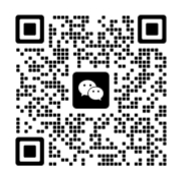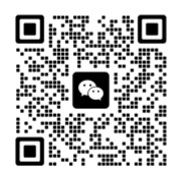Projected Capacitive Touch Screens have already become the common daily necessities, which is used in many areas inluding studying, working and entertaining. The touch screens are used in a wide range of devices, such as smartphones, computers, tablets, interactive kiosks, pos all-in-one machines and so on. The fuctionality of a touch screen largely depends on its interface, which connects the touch-sensitive panel to the device's processing unit.

Here, we explore the most common interface types for touch screens are as follows:
1. Serial ports (RS-232, RS-485, etc.)
• Features: Simple communication protocol, strong anti-interference ability, stable data transmission, suitable for close range and low-speed data transmission.
•Application scenarios: Industrial control, intelligent terminals, and other devices that are cost sensitive, have low data transmission volume, and do not require high transmission speed.
2. USB interface
• Features: USB interface are common in larger touch screens devices like interactive kiosks and all-in-one computers. Supports hot swapping, plug and play, fast transmission speed, can provide a certain amount of power supply, good compatibility, and can be easily connected to devices such as computers and tablets.
• Application scenarios: Widely used in consumer electronics products such as computers, tablets, smart TVs, as well as some industrial control equipment, self-service terminals, etc.
3. I2C interface
• Features: I2C is a popular interface for PCAP touch screens due to its simplicity and effciency. It is a two-wire serial bus that uses two wires (SCL clock line and SDA data line) for data transmission. It has the characteristics of simple interface, less pin occupation, and support for multi device communication, but the transmission speed is relatively slow.
•Application scenarios: commonly used to connect microcontrollers with various sensors, displays, and other peripherals, widely used in smart homes, mobile devices, and other fields.
In conlusion, the choice of projected capacitive touch screen interface depends on the specific requirements of the devices, oincluding factors like speed, power consumption, and hysical size. As technology continues to evolve, we can expect to swe further advancements in touch screen interfaces, enhancing the user experience across a wide range of applications.
https://www.capacitivetouchpanels.com/supplier-4388480-projected-capacitive-touch-panel

 Your message must be between 20-3,000 characters!
Your message must be between 20-3,000 characters! Please check your E-mail!
Please check your E-mail!  Your message must be between 20-3,000 characters!
Your message must be between 20-3,000 characters! Please check your E-mail!
Please check your E-mail! 

